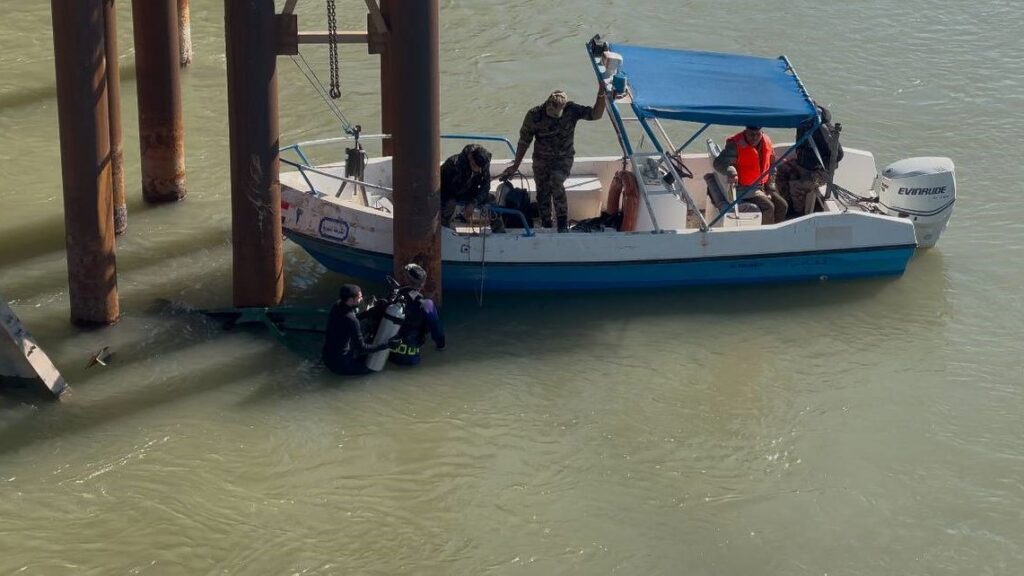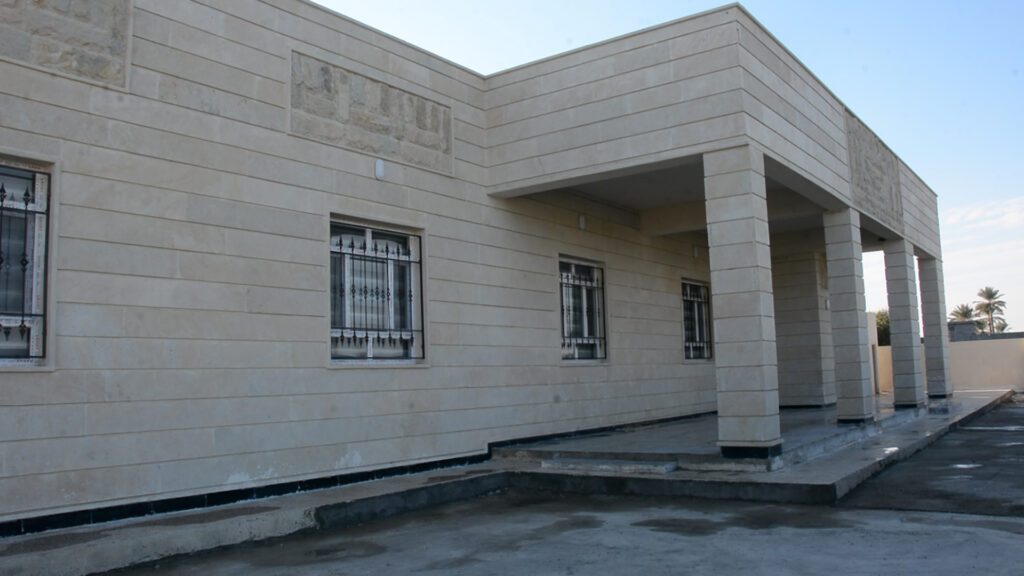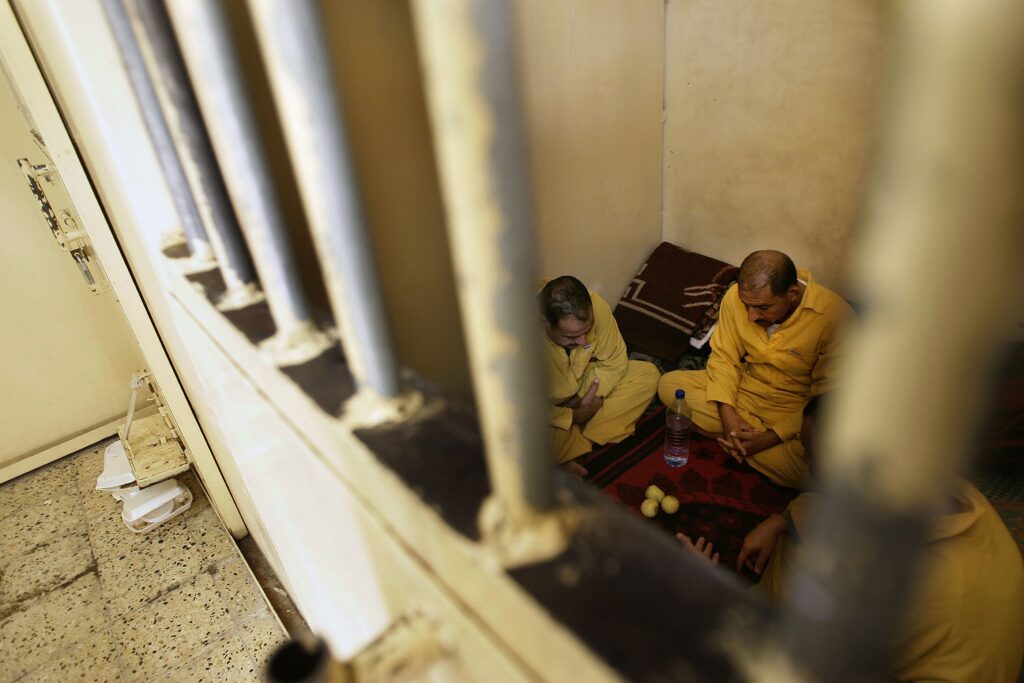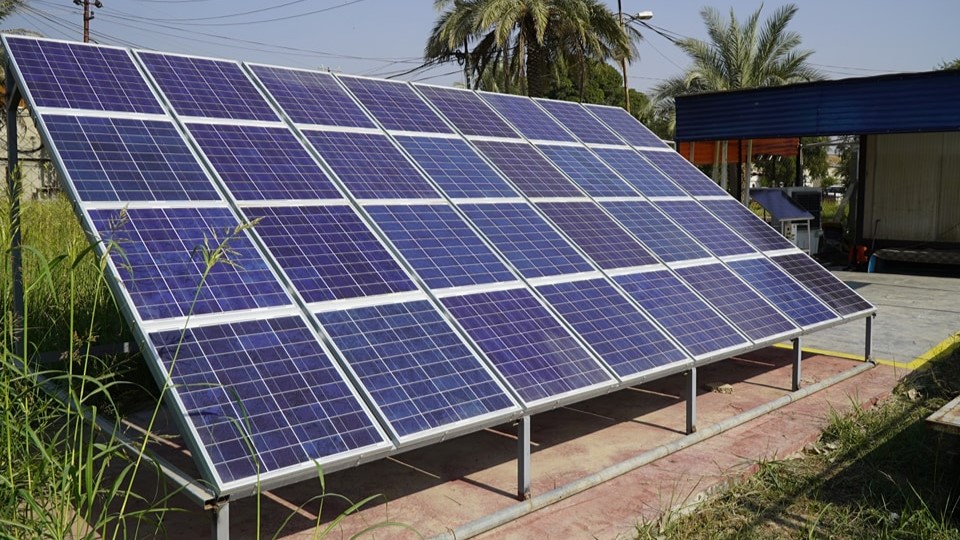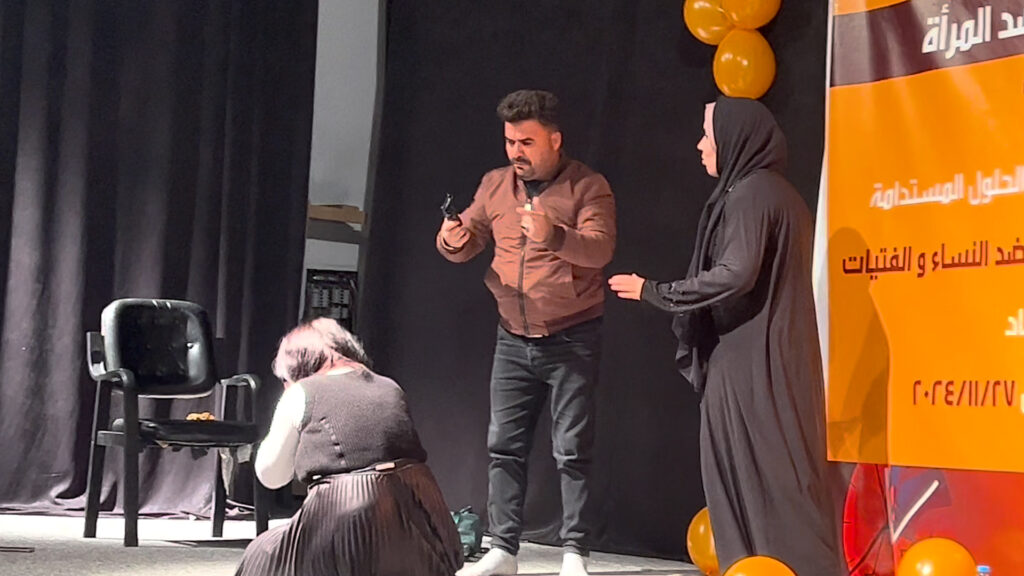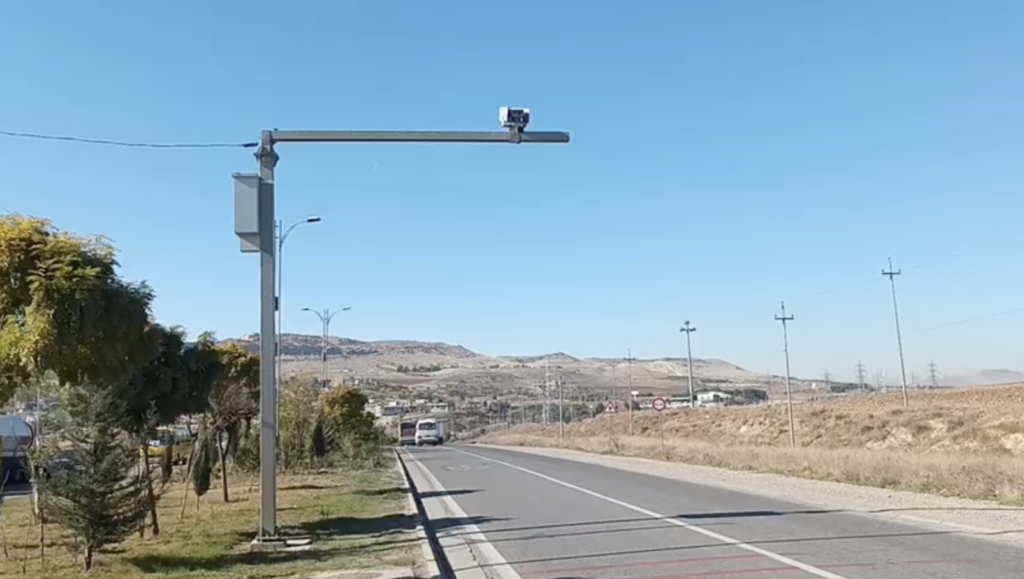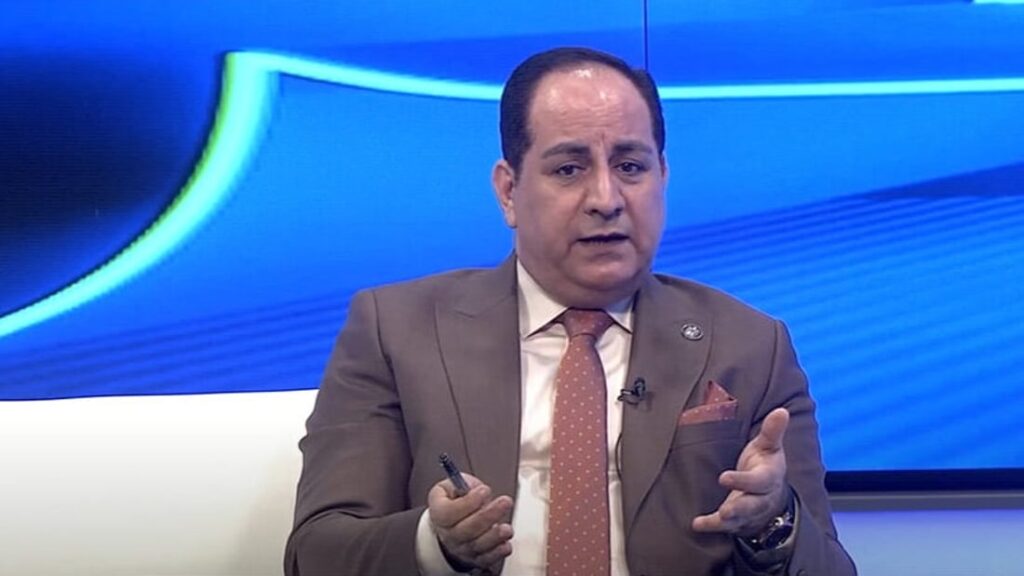Serbia: Between closed borders: Joint agency paper on refugees and migrants in Serbia 2018
Introduction
This paper focuses on Belgrade and border areas – exit points in Serbia, where Crisis Response and Policy Centre (CRPC) and Humanitarian Center for Integration and Tolerance (HCIT) conduct part of their protection activities with refugees, migrants and asylum seekers.
The refugee situation in 2018 stabilized and moved from emergency and transit to a more stable situation. Refugees and migrants were staying in Serbia for longer periods of time, requiring a more systematic protection approach. Given the constant presence of smugglers, despite the closure of the route and violence at borders, this population is in even greater and constant need of counselling and information on asylum in Serbia.
Throughout 2018, UNHCR estimated that more than 16,000 refugees and migrants entered Serbia, originating mostly from Afghanistan, Pakistan, Iran and other countries. The child protection system faced a higher number of unaccompanied and separated children (UASC), especially in mid-summer. Segments of this paper offer analyses of the observed new arrivals, depicting the field experience and protection work of two partner organisations.
This paper represents the continuous work of HCIT and CRPC with refugees and potential asylum seekers in 2018, with specific focus on Belgrade and border areas, trends and conditions, new arrivals, unaccompanied and separated children, cases of collective expulsions from the local point of view. Additionally, since 2018 was marked by the adoption of new asylum and migration legislation, this paper also covers the changes introduced by the new Law on Asylum and Temporary Protection, as well as the practice of misdemeanour courts in AP Vojvodina.
Compared to the previous year, 2018 brought further changes in the national legislation and its implementation. According to official statistics provided by the Asylum Office, 8,436 foreigners expressed intention to seek asylum in Serbia. However, only 327 asylum requests were officially submitted to the Asylum Office. The Asylum Office granted 11 refugee and 14 subsidiary protection statuses during the year.
The long-awaited set of new asylum and migration laws was adopted by the National Assembly of Republic of Serbia on March 22, 2018:
? Law on Asylum and Temporary Protection, which came into force on June 3;
? Law on Foreigners came into effect on April 3, though its application was postponed by six months and it came into force on October 3, and
? Law on Border Control that also started with application in October 2018.
At the same time, irregular arrivals and departures continued during 2018 – therefore this paper presents local field experience and findings collected. A number of newly arrived refugees and migrants proceeded directly to border areas, bypassing Belgrade, in an attempt to continue their journey as quickly as possible. In addition to the already known mixed migration routes across Serbia and attempts to enter Hungary, Croatia and Romania, a new route via Bosnia and Herzegovina4 became widely established in 2018. Massive influx of refugees and migrants into Bosnia was the most significant event on a regional level last year. It affected Serbia as a certain number of refugees and migrants were continuously denied access to Bosnian territory and pushed-back to Serbia. Loznica, a small town located on the Drina River, some 140 km south-west from Belgrade, saw an increase in the number of arrivals with refugees and migrants crossing the Drina River and entering Bosnia from that point.
As in the previous years, in addition to their regular protection activities, mainly provision of information and counselling on asylum etc, HCIT and CRPC continued documenting and collecting testimonies of refugees and potential asylum seekers who were reportedly pushed-back from the neighbouring EU countries but also from Bosnia and Herzegovina. In 2018, HCIT and CRPC documented almost one thousand push-back incidents involving more than 10,000 foreign nationals who were reportedly unlawfully expelled from Hungary, Croatia, Romania and Bosnia and Herzegovina. Based on information collected in the field, a trend of severe and extreme violence at the EU borders reported in the period 2016 - 2017, decreased in 2018. Nonetheless, many forms of ill treatment remained, and a significant number of vulnerable individuals was faced with serious human rights violations, including humiliating and degrading behaviour.
When it comes to irregular accommodation and squats, according to daily field observation by both CRPC and HCIT teams, the number of persons sleeping rough in various locations in Serbia decreased relative to 2017. Therefore, depending on weather conditions and the season, the number of rough sleepers fluctuated from 100 to 300 persons at various locations throughout 2018.
Reception conditions improved throughout the year. Additionally, due to operationalisation and field situation response, 16 of the 19 centres were active with up to 90% of overall capacity. Although movement of the refugee and migrant population created pressure on centres near the exit points in Serbia, such as Adasevci and Principovac, during the year, the number of refuges, asylum seekers and migrants accommodated in government-run facilities, Asylum and Reception-Transit Centres, did not exceed a couple of thousands persons at any given moment.
In addition to the above-mentioned, a systematic protection response for refugees, migrants and asylum seekers continued in 2018. For the second consecutive year, refugee and migrant children attended public primary and secondary schools in Serbia, including preschool children , which is an example of successful cooperation of public and civil sector and international organisations that endorsed the idea in its initial stage and continuously contributed to its daily implementation.
Finally, all the information and cases presented in this paper are authentic, depicting genuine personal testimonies of interviewed refugees and migrants based on their personal experiences. All the names and personal data have been changed for protection reasons. CRPC and HCIT would like to stress that information presented herein was obtained through daily activities in the field and is indicative of certain trends and patterns observed.

